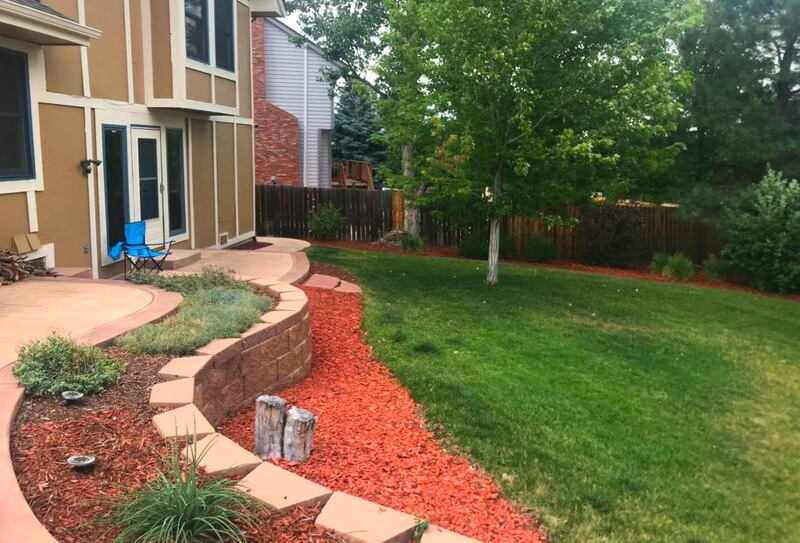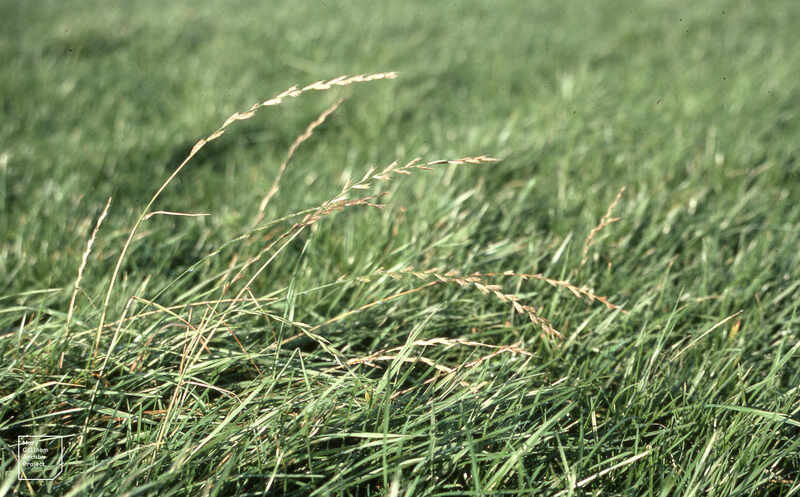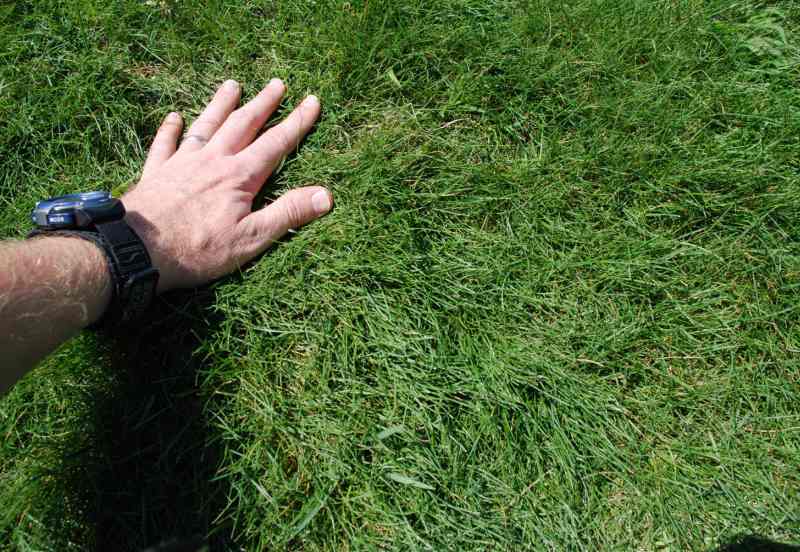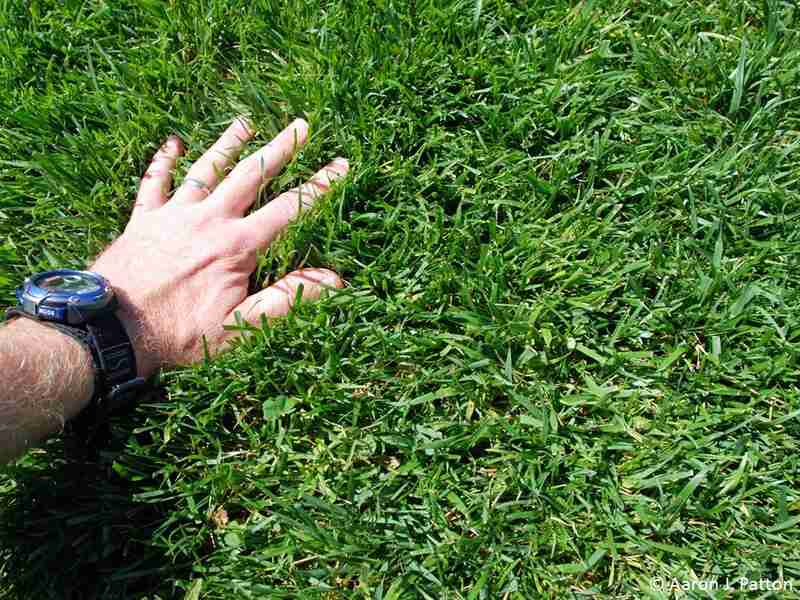Best Grass Seed for Wisconsin
BY JEFFERY KEUSSEYAN | MAY 22ND, 2023 | LAWN CARE, WISCONSINNature lovers have plenty of reasons to cherish life in Wisconsin. After hiking to Big Manitou Falls or exploring the Cave of the Mounds, you might feel like staying home and relaxing in your own backyard. For this reason, we’ll cover the best grass seed for Wisconsin to help transform those bare spots into a lush, green lawn.
In this article:
- Warm-Season vs Cool-Season Grasses
- Best Grass Seed for Wisconsin
- FAQ About Wisconsin Grass Seed Types
- Choosing Plant and Grass Seed Varieties for Your Wisconsin Landscape
Warm-Season vs Cool-Season Grasses
With several grass varieties to choose from, it is important to distinguish between warm- and cool-season grass. Since Wisconsin has cool temperatures throughout most of the year, you’ll have the most success with cool-season grass types. Here are the main differences between the two:
Warm-season grasses thrive when temperatures range from 80 to 95 degrees Fahrenheit. They actively grow in late spring and summer, entering dormancy as temperatures drop in winter. Warm-season grasses enjoy high temperatures, and require less water than cool-season grasses. They include Zoysiagrass, bermudagrass,St. Augustinegrass, and centipedegrass.
On the other hand, cool-season grasses thrive when temperatures range from 65 to 75 degrees Fahrenheit. They tolerate frost and lower temperatures, actively growing in spring and fall. Cool-season turfgrasses include tall fescue, creeping red fescue, Kentucky bluegrass, and perennial ryegrass.
Best Grass Seed for Wisconsin
1. Kentucky Bluegrass

Photo Credit: Brenda Ryan / Wikilawn
Kentucky bluegrass is one of the most popular types of grass in Wisconsin. This blue-green, cool-season turfgrass establishes a thick sod that can withstand foot traffic. It is drought-resistant and can survive several months without significant rainfall.
For best performance, plant Kentucky bluegrass in an area with plenty of sunlight. To improve its shade-tolerance, mix it with other grass seed types, such as fine fescue.
Kentucky bluegrass is arguably the best at withstanding below-freezing temperatures that many Wisconsin homeowners endure. Overall, this cool-season grass is great if you enjoy lawn parties or have little ones running around playing hide-n-seek.
Classification: Cool-season grass
Spreads by: Rhizomes
Shade tolerance: Low
Drought tolerance: Moderate
Foot traffic tolerance: Moderate
Maintenance needs: Moderate mowing frequency and high fertilization needs.
Mowing height: Set mowing height between 2.5 and 3.5 inches.
Potential for disease: Moderate to high; prone to several diseases, such as dollar spot, leaf spot, necrotic ring spot, summer patch, and stripe smut.
Soil pH: 6-7.5
Soil type: Performs best in well-drained, heavy soils with high fertility.
2. Perennial Ryegrass

Photo Credit: Dr Mary Gillham Archive Project / Flickr / CC BY 2.0
Perennial ryegrass is a very hardy and durable cool-season grass that spreads via vertical tillers. It becomes dormant during the hot summer months. It cannot withstand dry conditions as well as other turfgrasses, and should be planted in well-drained soils. Perennial ryegrass pairs superbly well with several grass seed types, including Kentucky bluegrass.
Mixing ryegrass with other grass types enables faster germination, and boosts the lawn’s high-traffic tolerance. It is the best-adapted cool-season grass that is often used on athletic fields.
Classification: Cool-season grass
Spreads by: Has a bunch-type growth habit
Shade tolerance: Low
Drought tolerance: Low
Foot traffic tolerance: High
Maintenance needs: Moderate mowing and fertilization requirements. Thatch is not significant.
Mowing height: Set mowing height to 1.5 to 2.5 inches
Potential for disease: High. Common diseases include gray leaf spot, red thread, and leaf spot/melting-out.
Soil pH: Can grow in soils with a pH between 5 and 8, but prefers between 6 and 7.
Soil type: Prefers good drainage and fertility, but can tolerate some poor drainage.
3. Fine Fescue

Photo Credit: Aaron Patton / Purdue’s Turfgrass Science Program
Fine fescue grass includes several species, including creeping red and sheep fescue. Fine fescue is the most shade-tolerant cool-season, but goes dormant in extreme heat. The needle-like leaves are quite distinctive, and make for a barefoot-friendly lawn grass. Fine fescue can tolerate dry, acidic, and other soil conditions. It is a good option for average use, but cannot tolerate heavy foot traffic.
Classification: Cool-season grass
Spreads by: Creeping red fescue spreads by rhizomes, while other fine fescues are bunch-type grasses, such as Chewings, hard, and sheep fescues.
Shade tolerance: Moderate to High, depending on species
Drought tolerance: Moderate to High, depending on species
Foot traffic tolerance: Low to Moderate, depending on species
Maintenance needs: Low fertilizer and mowing needs
Mowing height: Set mowing height between 2.5 and 4 inches, depending on species.
Potential for disease: Moderate. Common diseases include red thread, leaf spot, dollar spot, summer patch, and powdery mildew.
Soil pH: 6-6.5
Soil type: Will not perform well in wet soil conditions. Prefers drier soils and tolerates a wide range of soil types and fertility.
4. Tall Fescue

Photo Credit: Aaron Patton / Purdue’s Turfgrass Science Program
Tall fescue is a perennial, bunch-type grass that can adapt to a wide variety of soils. It can withstand heat, drought, and moderate wear better than most cool-season grasses. This is mainly due to its deep root system. Tall fescue can grow in partial shade, but prefers sunny areas.
With the proper care, it will remain green well into the summer. To maintain a dense lawn, you can mix fescue seeds with either Kentucky bluegrass or ryegrass.
Classification: Cool-season grass
Spreads by: Produces short rhizomes but has a bunch-type growth habit
Shade tolerance: Moderate
Drought tolerance: Moderate to High
Foot traffic tolerance: Moderate
Maintenance needs: Frequent mowing. Does not produce significant thatch.
Mowing height: Set mowing height to 2 inches when grass reaches 3 inches tall.
Potential for disease: Tolerant of most diseases when properly maintained.
Soil pH: 5.5-6.5
Soil type: Adapted to a wide range of soil conditions, but prefers fertile clay soils with good drainage.
FAQ About Wisconsin Grass Seed Types
Zoysia is a warm-season grass that is not suitable for Wisconsin lawns. It is best suited for areas south of the Ohio River, including the transition zone. In areas where zoysia thrives, you can mix it with perennial ryegrass for a winter green color.
Turfgrasses in Wisconsin lawns typically rejuvenate in autumn, making it the best time to seed or establish new lawns. This is mainly because the moderate temperatures in September promote the speedy growth of lawn grasses.
Make sure you select the right grass seed mix based on your site’s exposure levels. According to the University of Wisconsin-Madison, you should use a 50% to 100% Kentucky bluegrass mix for sunny areas, and a fine-leaf fescue seed mixture for shaded sites.
With these native plants, you can transform your Wisconsin yard into a year-round feeding station for plenty of native birds. Adding these bird-friendly natives will give them food and shelter required to raise a family.
Here are some examples:
• White oak (Quercus alba)
• Butterfly milkweed (Asclepias tuberosa)
• White pine (Pinus strobus)
• Pagoda dogwood (Cornus alternifolia)
Choosing Plant and Grass Seed Varieties for Your Wisconsin Landscape
Native plants are a great addition to your newly established turfgrass. They are low-maintenance, help make your lawn more attractive, and are able to attract beneficial pollinators. But there are a few key points to consider when choosing native Wisconsin plants: the soil type, sun exposure levels, hardiness zone, and maintenance needs.
If you still need some inspiration, you can visit the UW Arboretum, Gottfried Prairie & Arboretum, or Pollinator Friendly Nursery.
Need to hire a Wisconsin lawn care pro near you to maintain the new turf? We have trusted lawn care pros in Kenosha, Madison, Milwaukee, and many more cities across the state.
Main Photo Credit: Steve Jurvetson / Flickr / CC BY 2.0